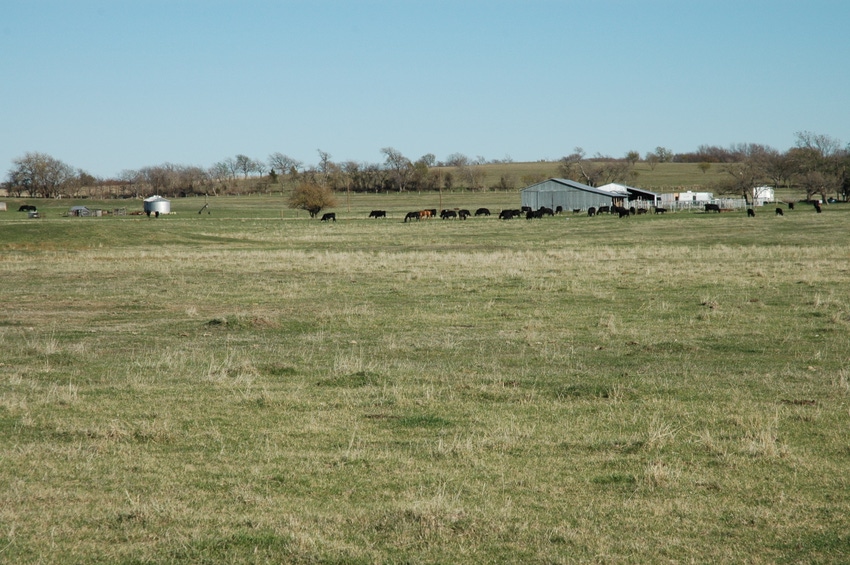
Beef producers shouldn’t get too caught up in adding cattle to herds despite recent rainfall.Many producers are likely wondering how long it will take their pastures to recover from drought.Pay attention to weeds, which can inhibit recovery due to competition for moisture, sunlight and nutrients.
February 27, 2012

Beef producers shouldn’t get too caught up in adding cattle to herds despite recent rainfall, according to a Texas AgriLife Extension Service forage specialist.
“After the drought, remain de-stocked,” said Dr. Larry Redmon, AgriLife Extension state forage specialist in College Station. “Just because you see green in the spring doesn’t mean you should load up with cows again. Consider drought management as part of your overall strategy.”
Redmon gave drought recovery tips at the 50th Blackland Income Growth Conference in Waco recently. Many producers are likely wondering how long it will take their pastures to recover from drought.
“It will take three to four inches a month and, depending on the species, an entire year for pasture recovery,” Redmon said. “Obviously, there will be no recovery with no rainfall. Folks, we killed cedar with the drought in the Hill Country. We can’t expect recovery to our pastures without rainfall.”
Redmon advised producers to pay attention to weeds, which can inhibit recovery due to competition for moisture, sunlight and nutrients.
“You need to also pay attention to grasshoppers,” Redmon said. “And this past fall season, some of you noticed armyworms invading your pastures.”
Redmon advised producers to watch and treat as necessary with pesticides available at a minimal cost per acre.
Another thing to keep in mind this spring is over-seeding of winter pasture grasses in Bermuda grass pastures.
“You can easily choke out Bermuda grass if you over-apply winter seed forage,” Redmon said.
He closed his presentation reminding producers of Texas’ unpredictable weather patterns.
“Remember this description of Texas weather, ‘It is prolonged drought interrupted by periodic flooding events,’” he said.
Redmon said producers can find out more about pasture management online at http://forages.tamu.edu.
Watch fertility
Meanwhile, Dr. Mark McFarland, AgriLife Extension Service soil fertility specialist, said producers planning to add fertilizer to pastures would be well advised to get a soil test first.
“Prices for many fertilizer products are at all-time highs,” McFarland said. “With a soil test, you get a prescriptive recommendation for each field; that helps keep costs down.”
A soil test measures plant nutrients such as potassium, calcium and magnesium that often are in the soil naturally. But it also measures any carryover fertilizer left unused in the soil.
“If you made that first fertilizer application last year and didn’t get any growth because of the drought, there’s a good chance that fertilizer is still there,” he said.
McFarland said a good soil test relies on collection of a composite soil sample that is representative of the area being tested. He said a composite is where 10 to 15 sub samples are combined to form one sample.
A separate composite soil sample is needed for each field up to about 40 acres in size. Larger fields, especially those with different soil types across the field, should be sampled more intensively.
“Sampling larger fields based on soil type allows more precise selection and application of fertilizer, and that can save money and grow more and higher quality grass.” McFarland said.
Cost for a routine sample is $10. Submittal forms and sampling instructions may be found online at http://soiltesting.tamu.edu/.
“Soil testing is a scientifically proven and time-tested method for managing fertilizer, and can have a huge economic impact on your operation,” he said.
You May Also Like



